Affiliate links on Android Authority may earn us a commission. Learn more.
The best microSD cards you can buy
July 15, 2024
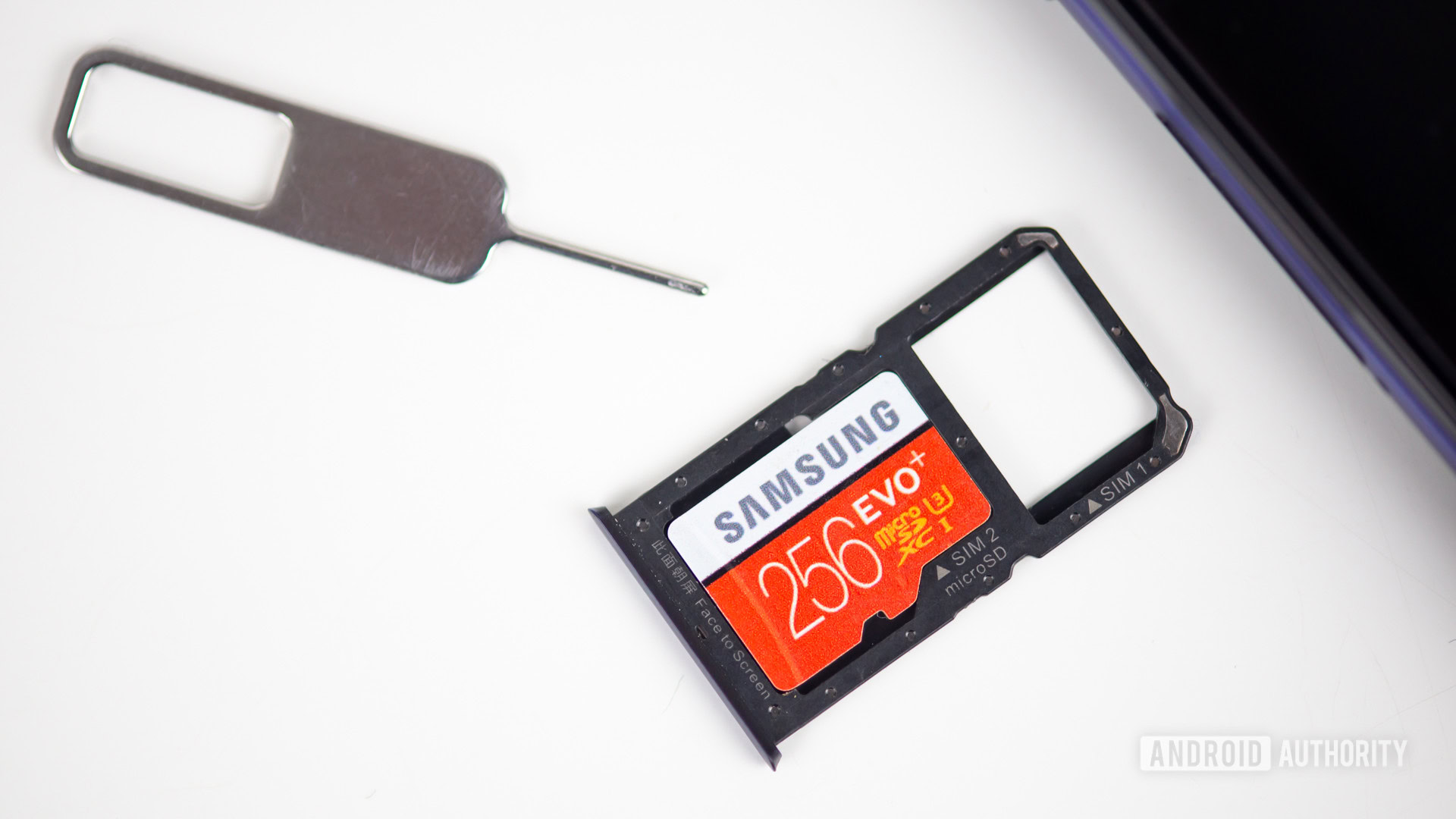
Many of us quickly run out of space on our cameras, laptops, phones, or game consoles. Additional storage is available in many forms, from high-capacity external hard drives to ultra-portable USB flash drives. However, if you want to boost your mobile device storage, a microSD card is usually the best way to go. Here’s everything you need to know about microSD cards and the best microSD cards you can buy for Steam Deck, Nintendo Switch, your smartphone, and more.
How to choose a microSD card
You can always buy a card compatible with your device with the highest storage and fastest data transfer speeds. This can get expensive, though. You don’t need a card capable of capturing 8K drone footage to save memes on your smartphone. Here’s what to look for when buying a microSD card for mobile or other devices.
Compatibility
Most smartphone makers dropped support for expandable storage a few years ago, particularly with flagships. While this highly-coveted feature has made a strong return, some phones don’t have expandable storage capabilities. Check the specs of the phone you want to buy to ensure it is available. You can also make things easy and check out our roundup of the best phones with expandable memory.
Storage capacity
You should try and figure out your capacity needs. It’s tempting to buy a 2TB microSD card and never have to worry about storage again. However, this will set you back hundreds of dollars when a $25 microSD card with 128GB of storage would have done the trick.
You have to be aware of device compatibility as well. This is not about whether it supports microSD cards but the type of card you can use. Some phones, especially those that are ultra-affordable, may support microSD cards with up to only 32GB capacity. You usually won’t encounter the same problem with mid-rangers and flagships, but it’s information worth knowing before purchasing.
The numbers and symbols on a microSD card explained
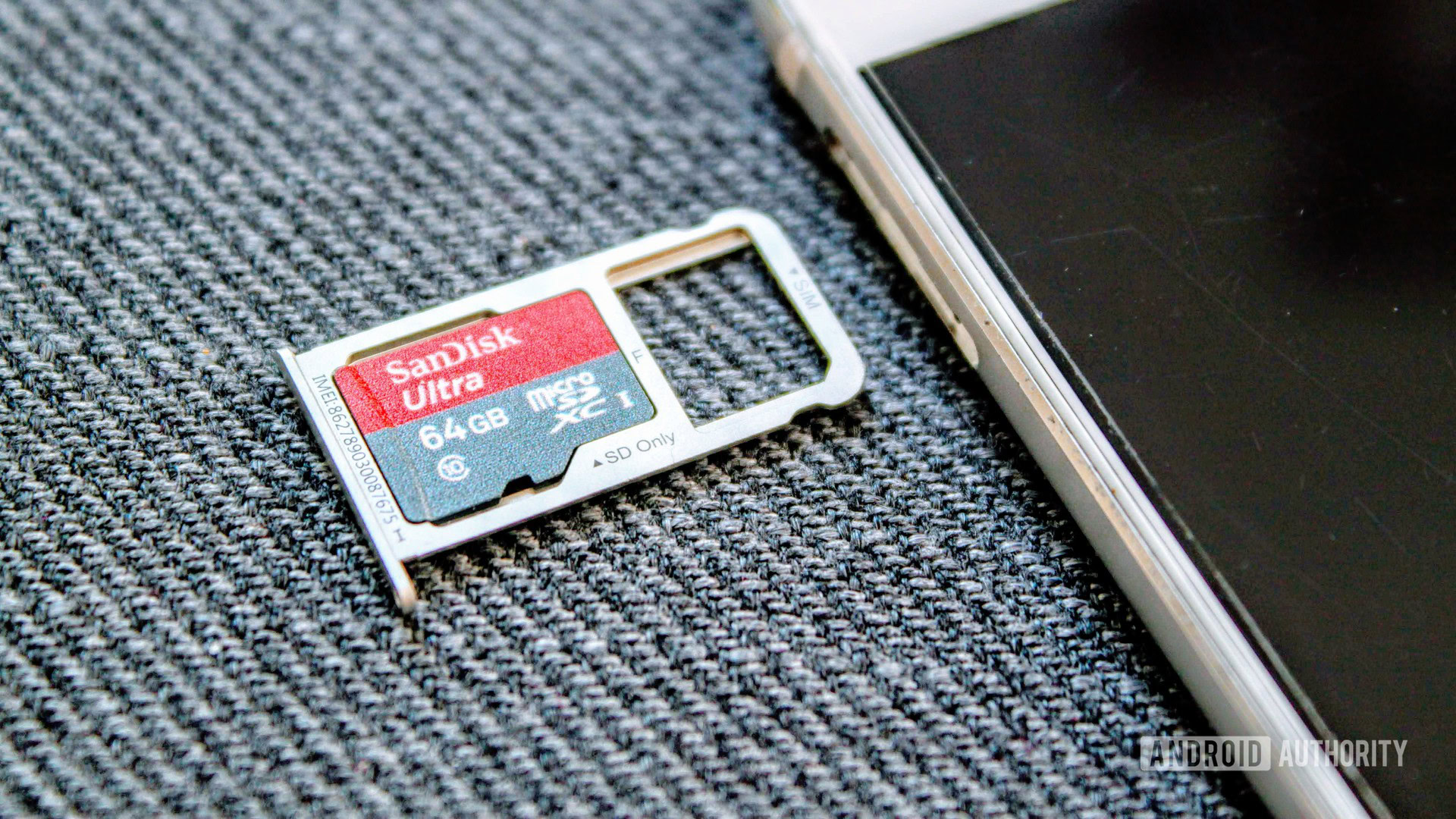
You’ll notice a lot of numbers, symbols, and letters on a microSD card. Knowing what they mean is important because it makes it much easier to pick the right option.
Speed class
Speed classes are used to show the write speeds of a microSD card. You’ll see numbers like 2, 4, 6, 10, U1, and U3 (with the number inside the U). This tells you the minimum write speed (10 = 10MB/s), but remember that the theoretical maximum can vary from card to card. Of course, faster is better, but it is also more expensive.
Anything below class 10 is no longer worth considering. A microSD card for your mobile phone should ideally be class 10 U1. You’ll have to get something with a video speed class to shoot high-quality videos.
Video speed class
A V, followed by a number, usually indicates the video speed class of a microSD card. So, a V30 card will support a minimum write speed of 30MB/s. You will find V6, V10, V30, V60, and V90 video speed class ratings. Cards with video speed class labels are also designed to support high video resolutions like 4K, 8K, 3D, 360-degree, and virtual reality.
You might need one for your smartphone, depending on its capability. However, a card with a video speed class rating is a must for most DSLRs, action cameras, and drones.
App performance class
The App Performance Class denotes the best microSD cards for smartphones and tablets. The A1 and A2 rating means the card can open and process apps quickly. The A2 rating more than doubles the minimum read and write speeds available with cards rated A1.
Read speeds
A microSD card’s read speeds are expressed in a few different ways. Some just put the theoretical maximum, in MB/s, on the card. You might see an XXXX scheme on some cards instead, such as 633x or 1000x. This dates back to the days of CD-ROM drives, where 1x is 150kB/s. So 633x means a theoretical read speed of 95MB/s, and 1000x means a maximum of 150MB/s. Not many use this scheme anymore, but you’ll see it on Lexar microSD cards.
Storage capacity
The most prominent information on a microSD card is the storage capacity. The large print with a number is hard to miss and tells you what you need to know. Keep in mind that a 256GB card won’t give you exactly that amount of storage since the file system takes up some space.
Card type
MicroSD cards all look the same, but there are a couple of types to be aware of. MicroSDHC (Secure Digital High Capacity) cards are low-capacity options with 4GB to 32GB. On the other hand, MicroSDXC (Secure Digital Extra Capacity) cards offer anything above this, within a range of 64GB to 1TB. An ultra-affordable phone or a much older device might only support microSDHC cards, but you don’t have to worry about the card type for the most part.
UHS Bus Speed
Another speed rating is the UHS Bus Speed. Most microSD cards will have the Roman numerals I or II on them. It’s something you’ll mostly see on U1 or U3 cards. UHS-II offers much faster theoretical speeds and has a different pin layout on the card’s back. Something to keep in mind is that backward compatibility isn’t an issue. Adding a UHS-II card to a device that only supports UHS-I will still work but at UHS-I speeds.
The best microSD cards you can buy in 2024
While microSD cards may all look the same, few are equal. Factoring in the various speed classes, speed ratings, card types, and storage capacity, we’ve listed the best microSD cards you can buy for your particular purpose. Find the full list below.
TeamGroup Pro Plus: The best microSD card for mass storage
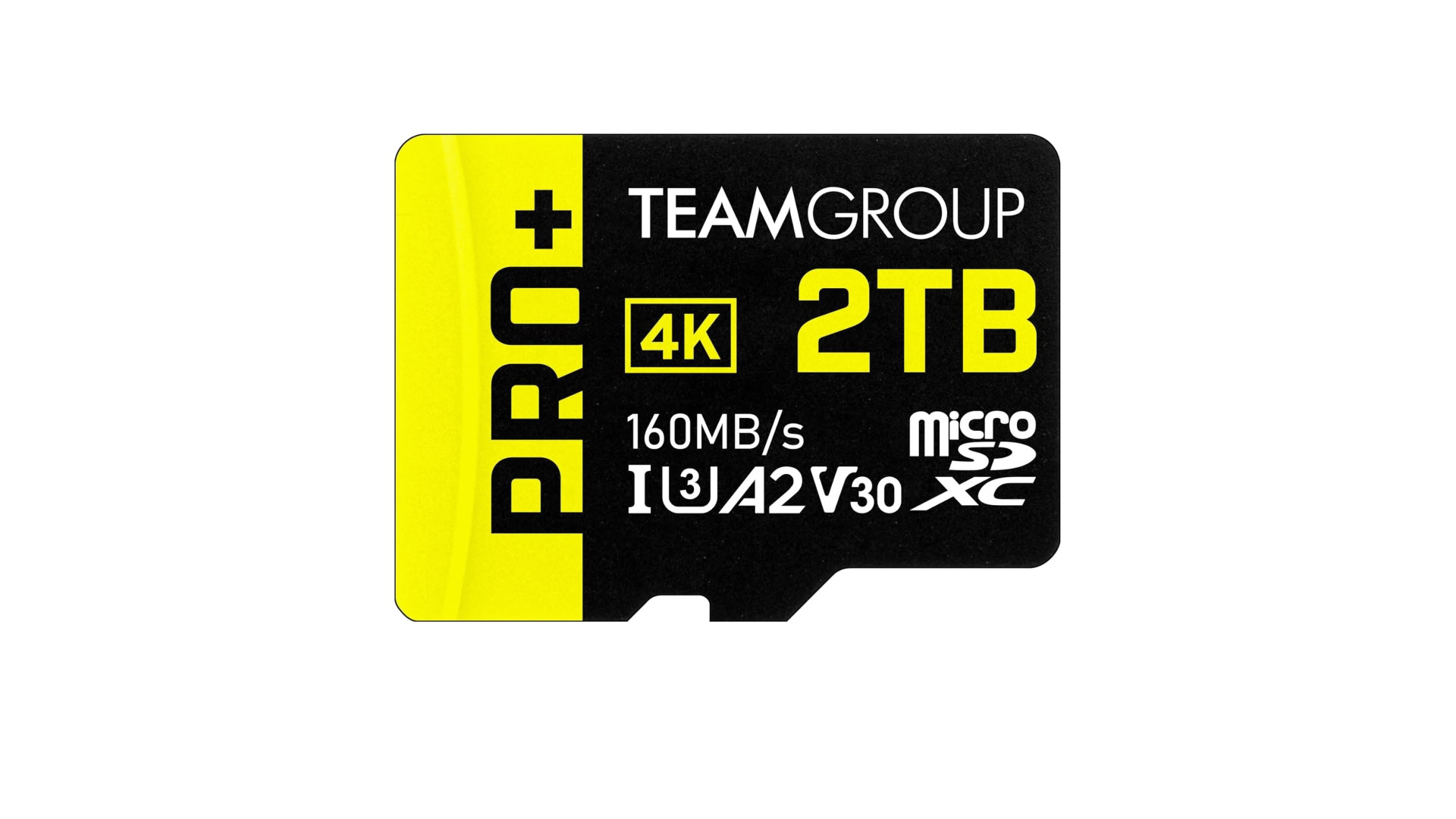
If finding a microSD card with the most storage possible is your only goal, the TeamGroup Pro Plus has the answer. This 2TB consumer microSD card is available for a pretty steep price, but it makes several considerations regarding speed and reliability. The card offers 160MB/s reads and 150MB/s writes, offers a V30 video speed class, and an A2 app performance rating. In short, this means the card will be fine for your action camera or tablet, but it won’t be a good fit for that 8K camera.
Notably, a slightly pricier version also offers SMART monitoring, allowing you to use a PC to check its health. A very useful feature.
SanDisk Ultra: The best microSD card for smartphones
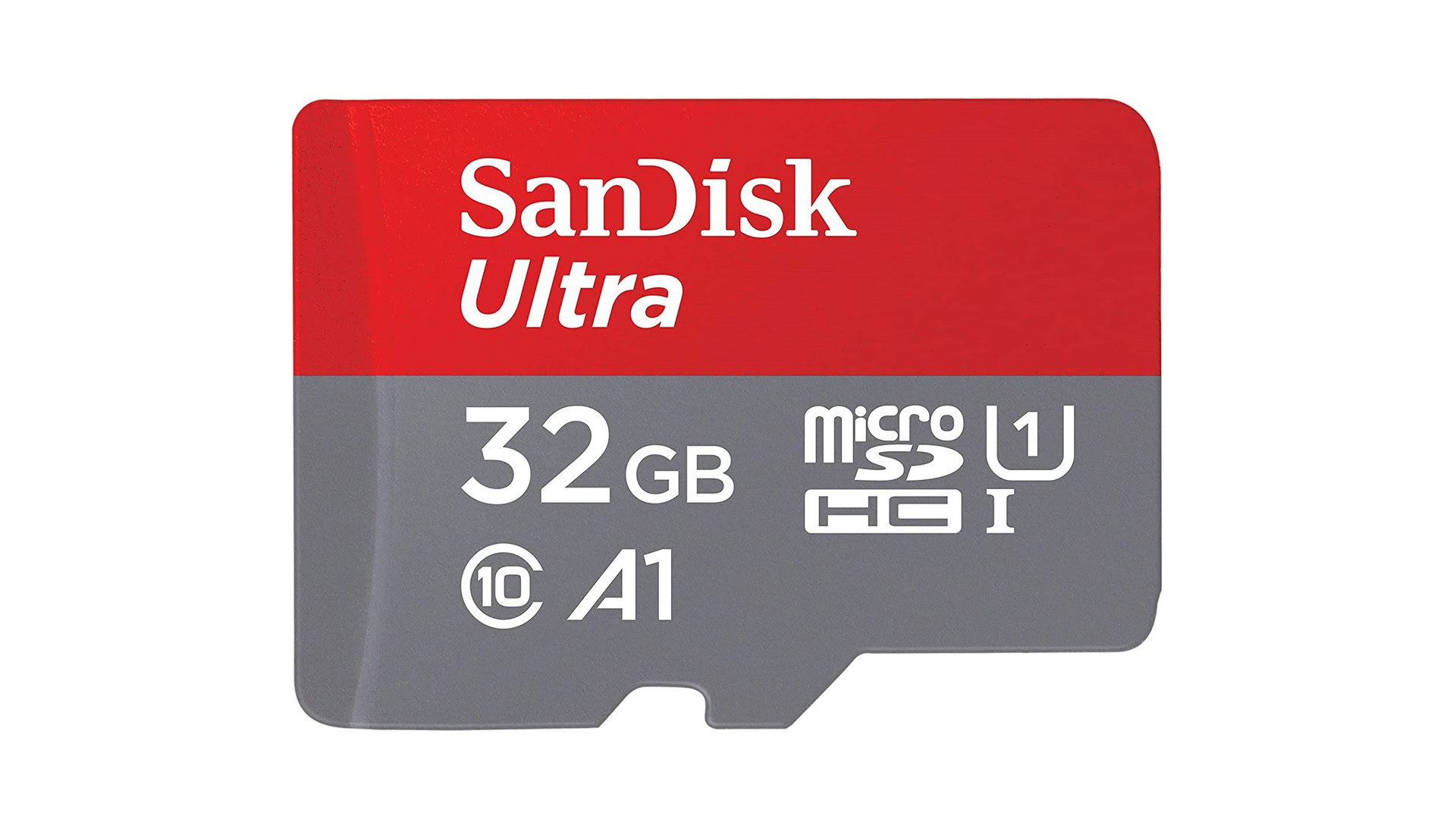
SanDisk was one of the first companies to introduce microSD cards with the A1 rating. These Class 10 UHS 1 microSD cards are some of the best options if you are looking for fast app performance. The 16GB and 32GB versions of their Ultra range of microSD cards offer maximum transfer speeds up to 98MB/s, while the higher storage versions, going all the way up to 1.5TB, bump that up to 100MB/s. Notably, the 1.5TB version is one of the largest capacity microSD cards you can purchase at present.
Samsung EVO Select: The best microSD card for cameras

The Samsung EVO Select are Class 10 UHS 3 microSD cards that offer storage capacities starting from 32GB up to 512GB. They offer speeds of up to 130MB/s. The refreshed cards also have a new look and A2 and V30 certifications. These cards are ideal for those who need to record 4K footage, with the largest storage option giving you room for up to 30 hours of 4K video.
SanDisk for Nintendo Switch: The best microSD card for the Nintendo Switch
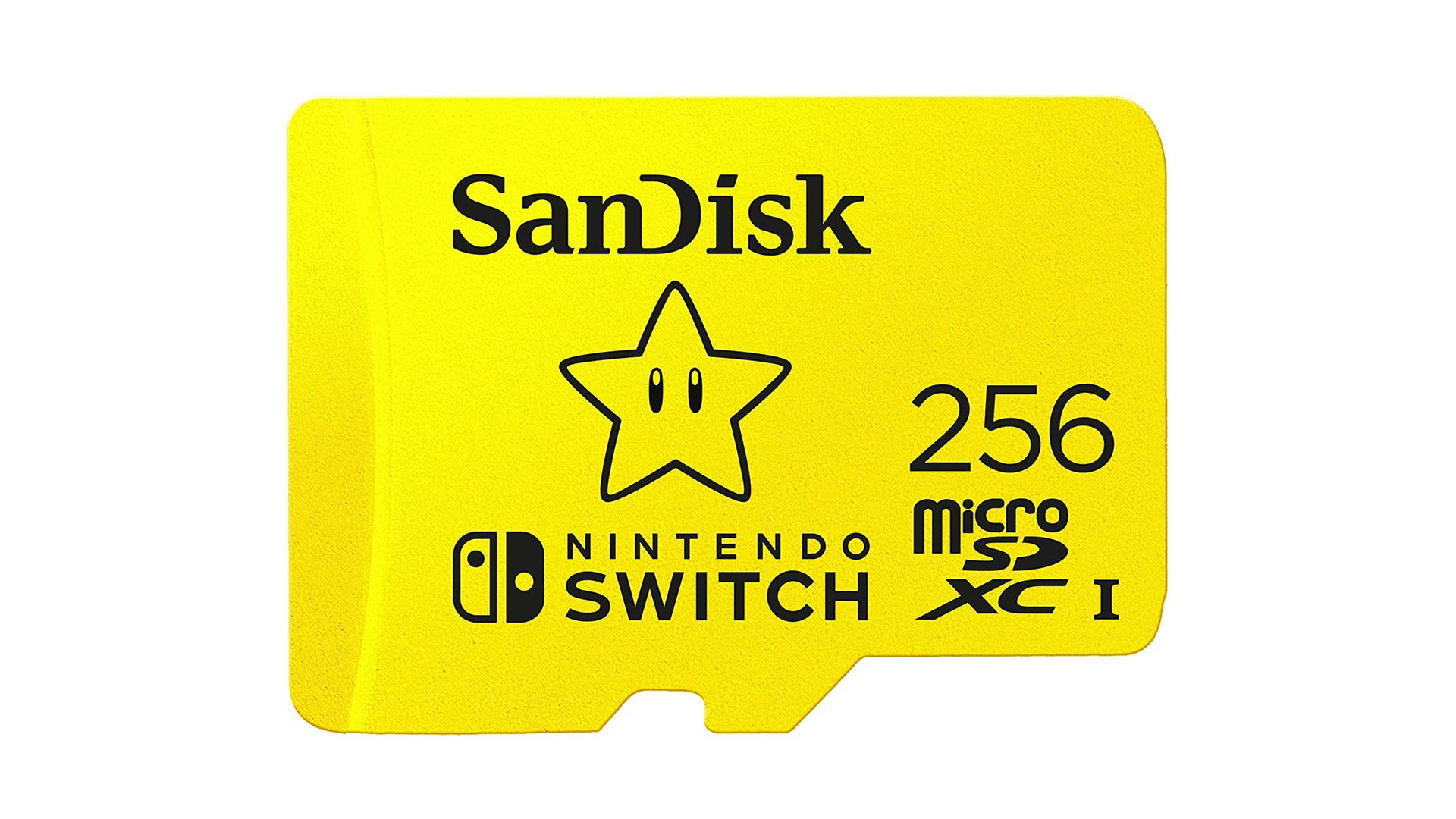
The best microSD card for the Nintendo Switch is the one that gets Nintendo’s official stamp of approval. You can store downloaded games, screenshots, and video captures in the same place and never worry about running out of space on the console. The SanDisk microSD card for the Nintendo Switch ranges in capacity from 64GB to 512GB and offers read and write speeds of up to 100MB/s and 90MB/s, respectively. As for the card’s appearance, you can grab them in multiple with the Nintendo character or sigil of your choice emblazoned on its exterior.
Verbatim Pro II Plus 1900X: The best microSD card for drones
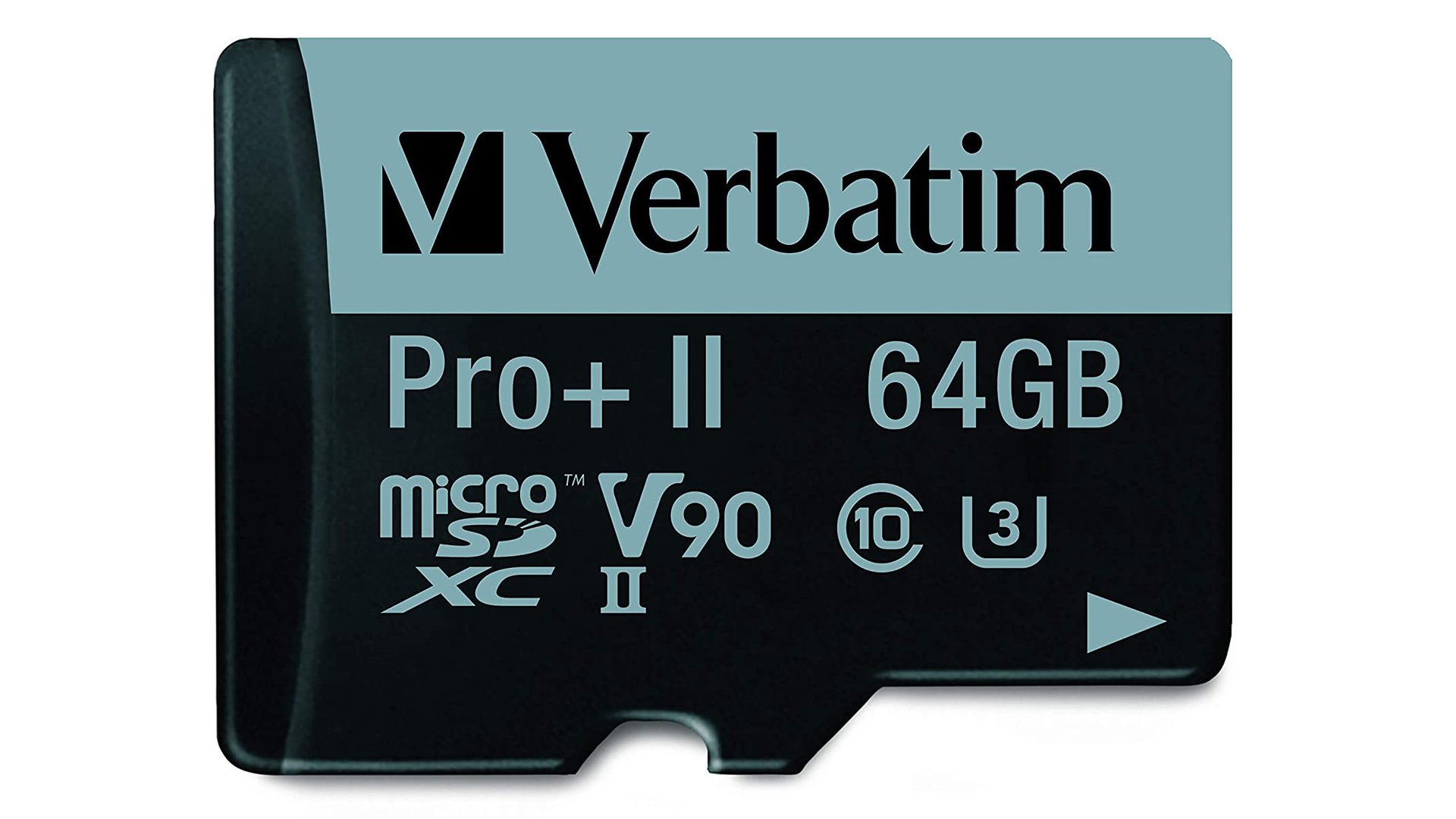
The Verbatim Pro II Plus 1900X is the best microSD card for anyone with a drone or action camera capable of shooting high-resolution video. This card utilizes UHS-II technology to offer incredible read speeds of up to 285MB/s with supported devices. Its V90 video speed class ensures a minimum write speed of 90MB/s. The card can only be had in 64GB or 128GB guise — perhaps its only weakness.
SanDisk High Endurance: The best microSD card for dashcams/CCTV
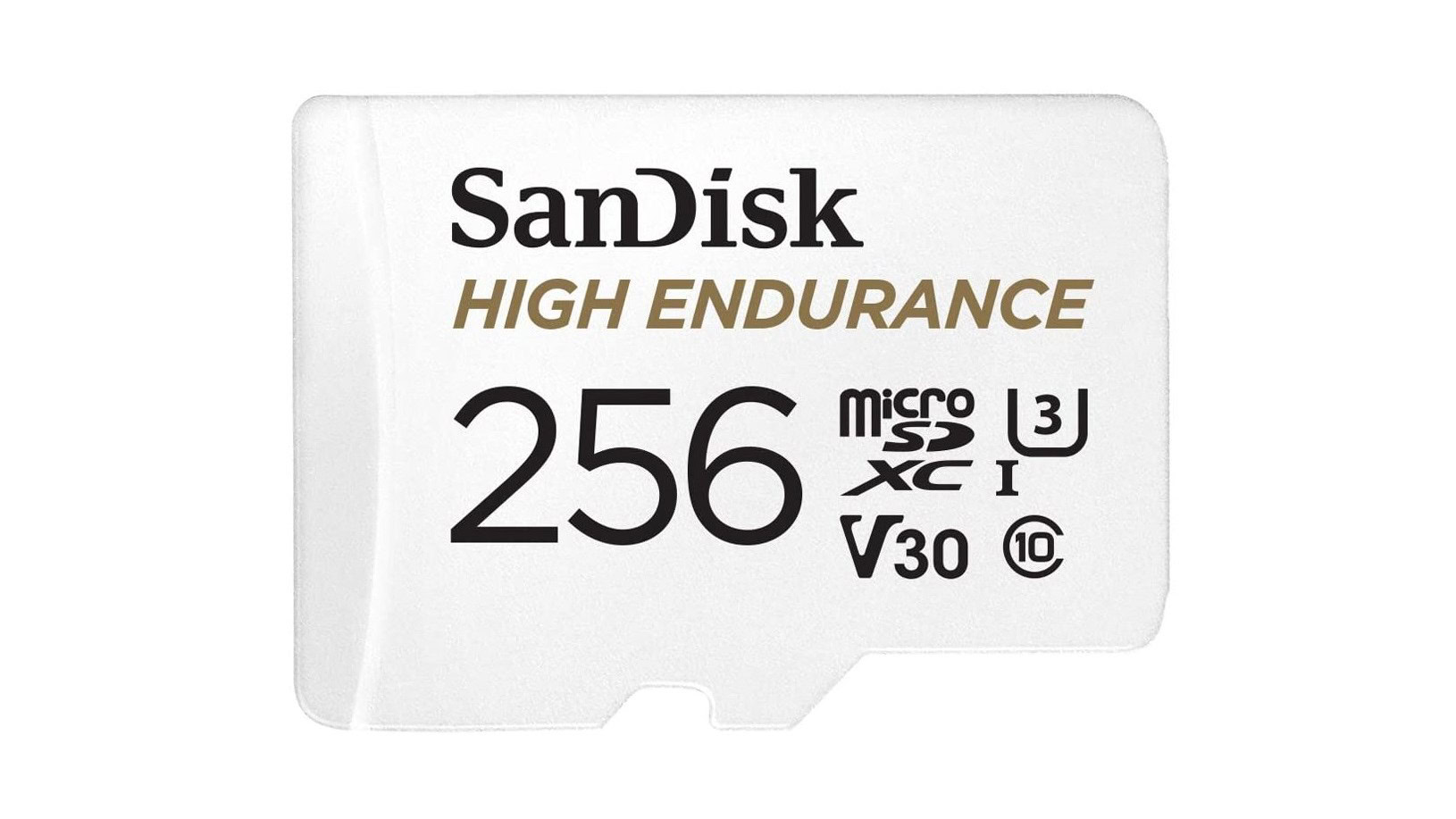
The SanDisk High Endurance is the best microSD card for surveillance in dashcams and CCTV setups for home monitoring. As the name suggests, this card is made to endure video recording over long periods. SanDisk claims up to 20,000 hours of recording endurance and says the card is temperature, water, shock, and X-ray proof. It’s a Class 10, U3, and V30 card, which means a minimum write speed of 30MB/s. Capacities range from 32GB to 256GB.
SanDisk Extreme and Extreme Pro: The best microSD cards for Steam Deck
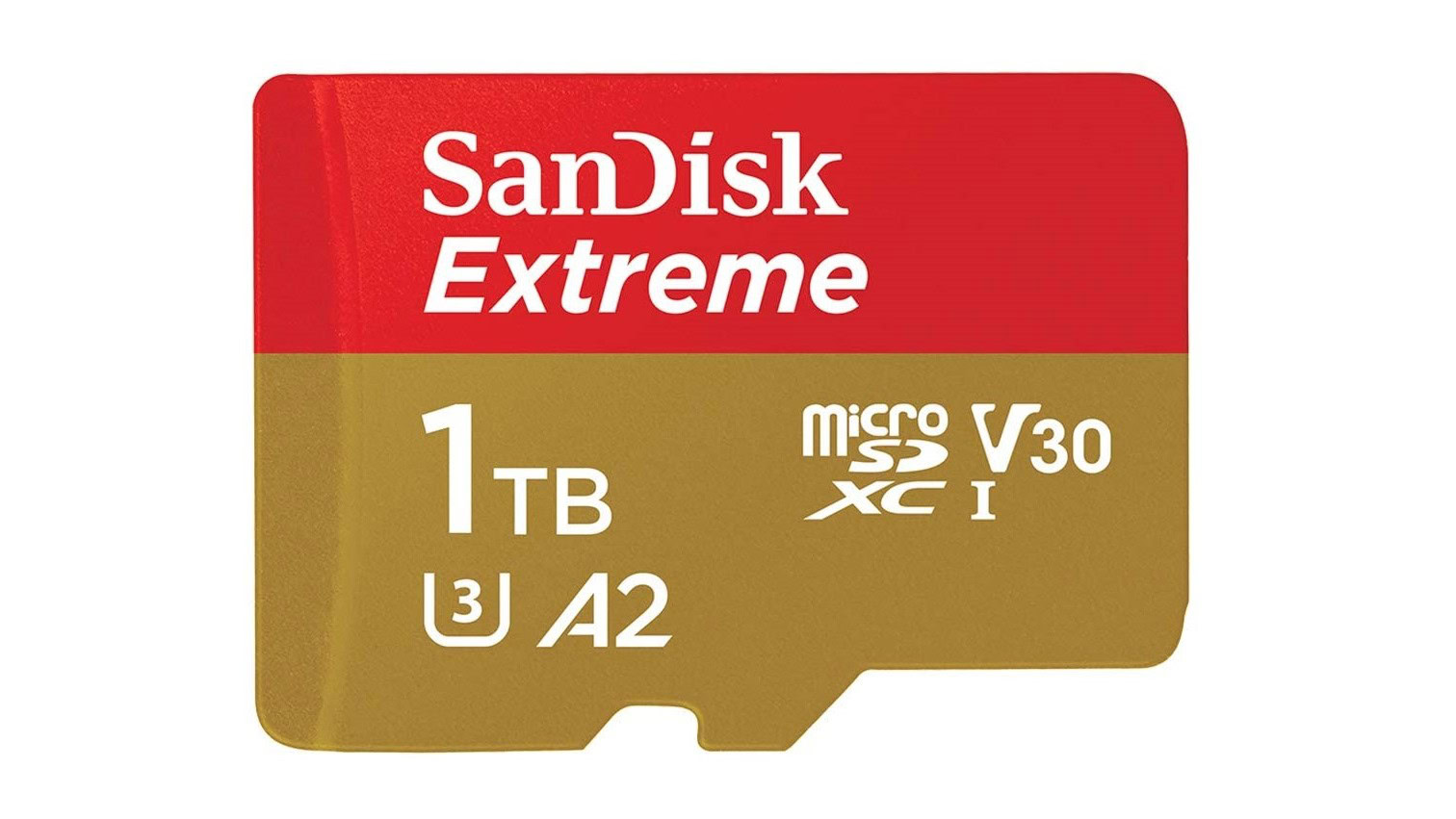
There are plenty of great microSD cards for the Steam Deck. The SanDisk High Endurance is a good choice, and so is the Samsung EVO. However, the SanDisk Extreme series is designed to provide high read/write speeds and generous storage capacity in harsh working conditions. This makes it perfect for constant use in a gaming console like the Steam Deck. The standard Extreme card is available with 190MB/s reads and 130MB/s writes. Notably, the SanDisk Extreme Pro is also available in 1TB form. It pushes that read speed to 200MB/s and write speed to 140MB/s for high data rate applications.
Silicon Power Superior: The best affordable 1TB microSD card

Even though 1.5TB cards now exist, 1TB cards remain pretty pricey. However, they are growing more common and more affordable, and several options are now available for your devices. The Silicon Power Superior cards offer the best GB/dollar ratio for larger cards. It’s important to note that its low price means the card has limitations. For one, it’s only capable of 20MB/s writes, a snail’s pace in 2024. However, it’s a solid solution if mass storage rather than speed is the goal.
If you need a faster card, we recommend the 1TB Lexar Play or the Micro Center Premium — both are regularly available for under $100.
Top microSD card questions and answers
Yes! Most cards come with an adapter that lets you easily slot them into devices like DSLRs that require full-sized SD cards. A full-sized card will not fit in a microSD card slot.
A microSDXC card that offers storage of 64GB and above is generally the type of card you’ll buy for the Switch. However, support for this card type isn’t available out of the box, and you might need to perform a software update first.
One of the advantages of a microSD card is that you can easily transfer data from one device to another, for example, moving pictures from a camera to your laptop to edit them. Compatibility shouldn’t be an issue for the most part, but some problems with storing files might occur.
A lot of good card manufacturers ensure that their products are shockproof, temperature proof, waterproof, and x-ray proof. If anything goes wrong, most OEMs offer long-term, or even a lifetime, warranty. However, any stored data will likely be lost in case of any damage.